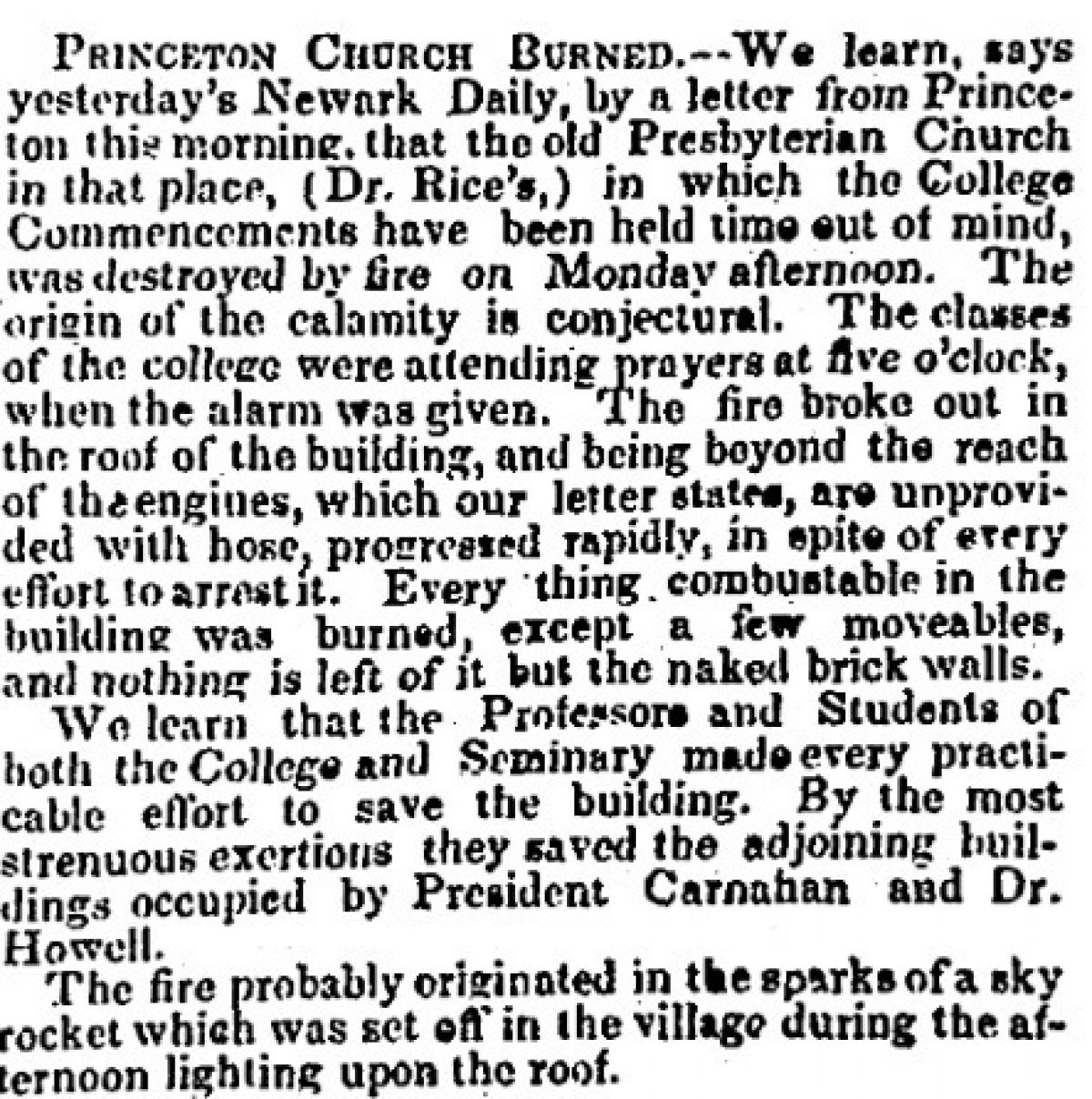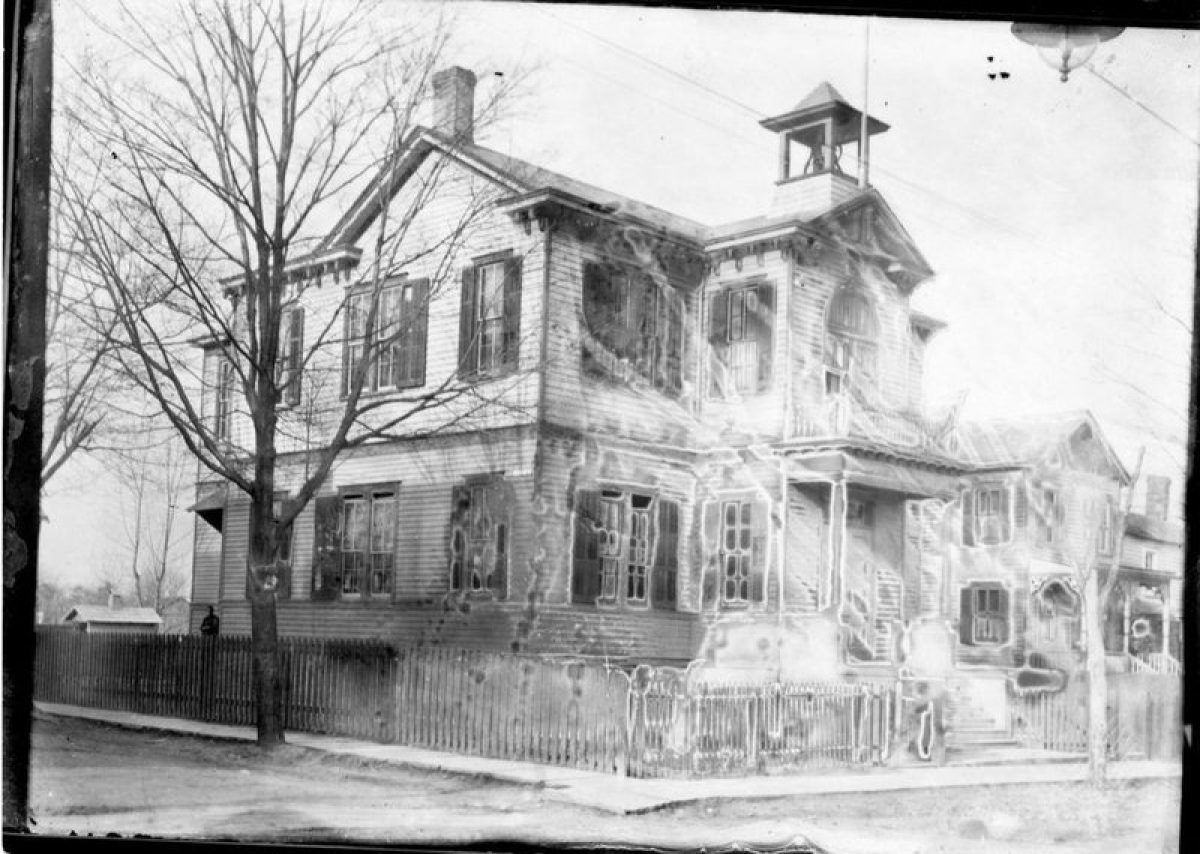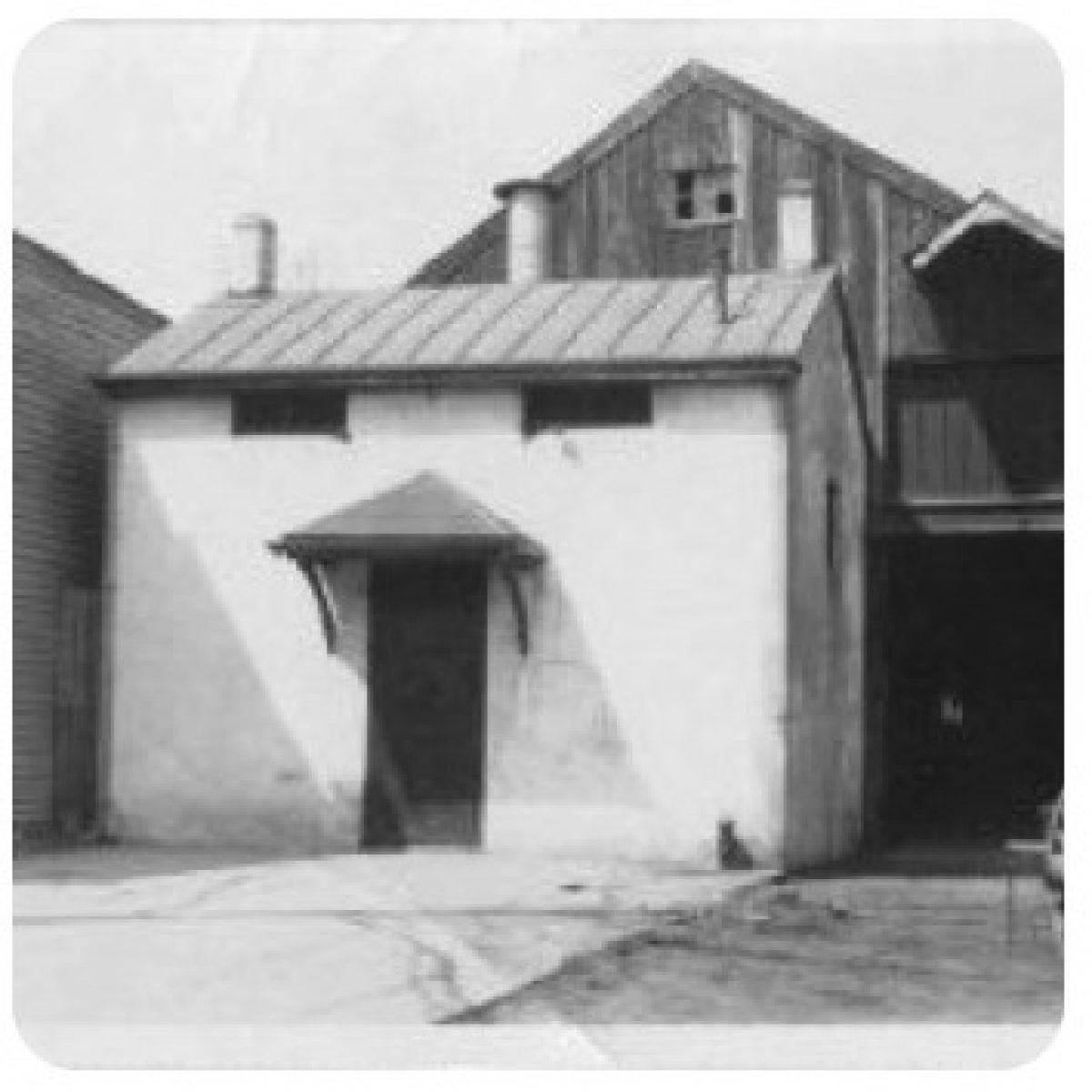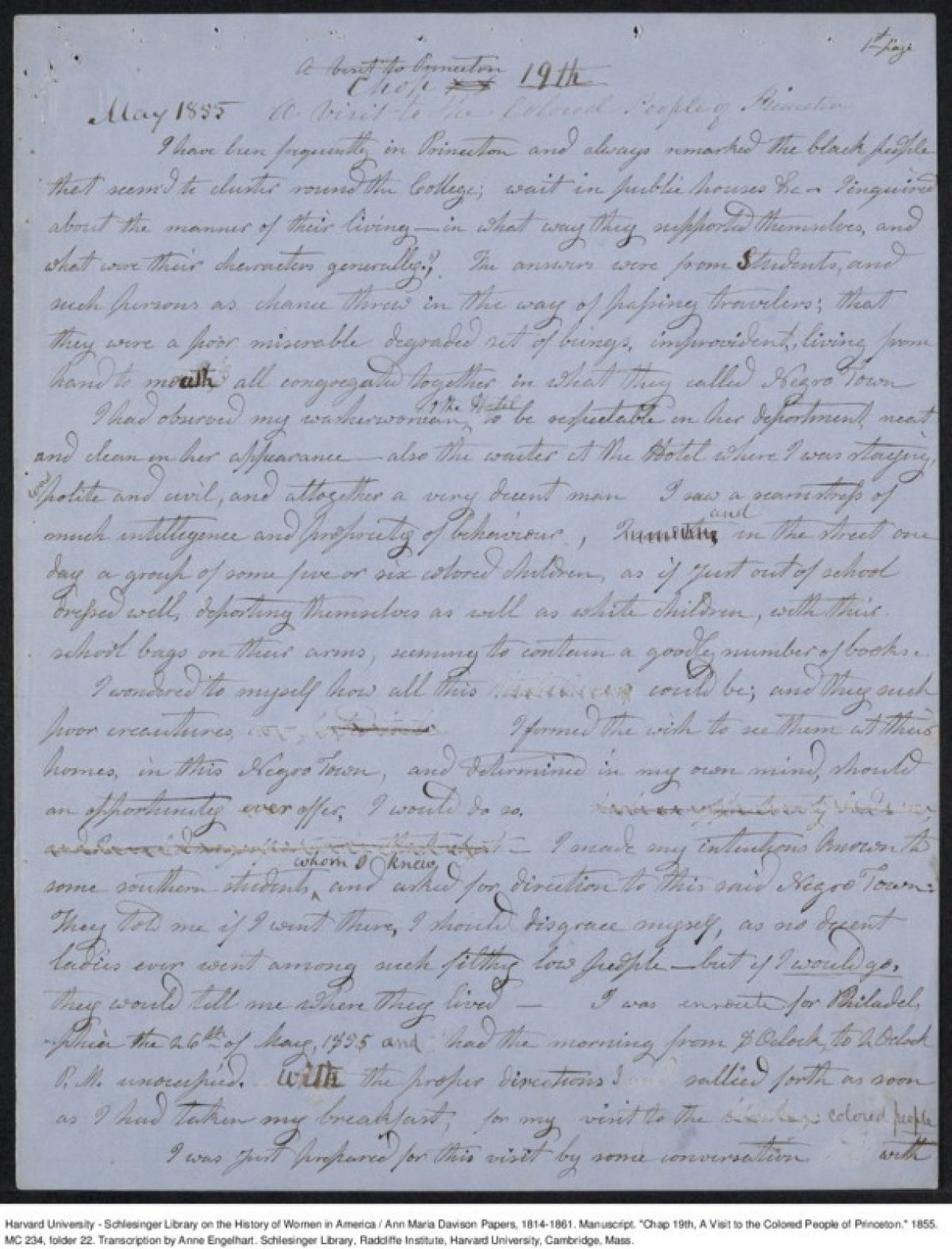[1]
“History,” Princeton Cemetery of Nassau Presbyterian Church, accessed 2 May 2016, http://nassauchurch.org/about/princetoncemetery/history/.
⤴
[2]
Varnum Lansing Collins, Princeton Past and Present, (Princeton, NJ: Princeton University Press, 1931), 65. See also: John Frelinghuysen Hageman, History of Princeton and Its Institutions, Vol. 2, Ed. 2 (Philadelphia: J.B. Lippincott & Co., 1879), 14.
⤴
[3]
Hageman, History of Princeton and Its Institutions, 14.
⤴
[4]
1800 Federal Census, accessed 28 April 2016, www.socialexplorer.com.
⤴
[5]
1810 Federal Census, accessed 28 April 2016, www.socialexplorer.com.
⤴
[6]
“An Act for the Gradual Abolition of Slavery," The New Jersey Digital Legal Library, accessed 29 April 2016, http://njlegallib.rutgers.edu/slavery/acts/A78.html.
⤴
[7]
Jack Washington, The Long Journey Home: A Bicentennial History of the black Community of Princeton, New Jersey, 1776-1976, (Trenton, NJ: Africa World Press, Inc., 2005), 21.
⤴
[8]
1820 Federal Census, accessed 28 April 2016, www.socialexplorer.com.
⤴
[9]
1830 Federal Census, accessed accessed 28 April 2016, www.socialexplorer.com.
⤴
[10]
1840 Federal Census, accessed 28 April 2016, www.socialexplorer.com.
⤴
[11]
Thomas J. Wertenbaker, Princeton 1746-1896 (Princeton, NJ: Princeton University Press,1946), 52.
⤴
[12]
Daisy Sharp, “Remembering the trolley, the curfew, and Kid Green’s car,” Trenton Evening Times, 16 April 1976.
⤴
[13]
Hageman, History of Princeton and Its Institutions, 15.
⤴
[14]
“Princeton Church Burned,” Commercial Advertiser, 10 July 1835.
⤴
[15]
Washington, The Long Journey Home, 24.
⤴
[16]
Anna Bustill-Smith, Reminiscences of Colored People of Princeton, N.J., 1800-1900, (Philadelphia: P.V. Baugh, 1913), 11.
⤴
[17]
Washington, The Long Journey Home, 26.
⤴
[18]
John Whiteclay Chambers, Cranbury: A New Jersey Town from the Colonial Era to the Present, (New Brunswick, NJ: Rutgers University Press, 2012), 66-67.
⤴
[19]
Hageman, History of Princeton and Its Institutions, 121.
⤴
[20]
Washington, The Long Journey Home, 98.
⤴
[23]
Daisy Sharp, “Remembering the trolley, the curfew, and Kid Green’s car."
⤴
[24]
Washington, The Long Journey Home, 103.
⤴
[25]
Hageman, A History of Princeton and Its Institutions, 6.
⤴
[26]
Ibid., 11. See also: "The Borough Jail," Newark Daily Advertiser, 28 September 1846.
⤴
[27]
Hageman, A History of Princeton and Its Institutions, 36. See also: Randy Hobler and Jeanne Silvester, Princeton: On the Streets Where We Live (Princeton, NJ: 1990).
⤴
[28]
Jack Washington, The Long Journey Home, 35.
⤴
[30]
Ann Maria Davison, “A Visit to the Colored People of Princeton," Ann Maria Davison papers, Schlesinger Library, Radcliffe Institute for Advanced Study, Harvard University, accessed 2 February 2017, http://oasis.lib.harvard.edu/oasis/deliver/~sch00542.
⤴










